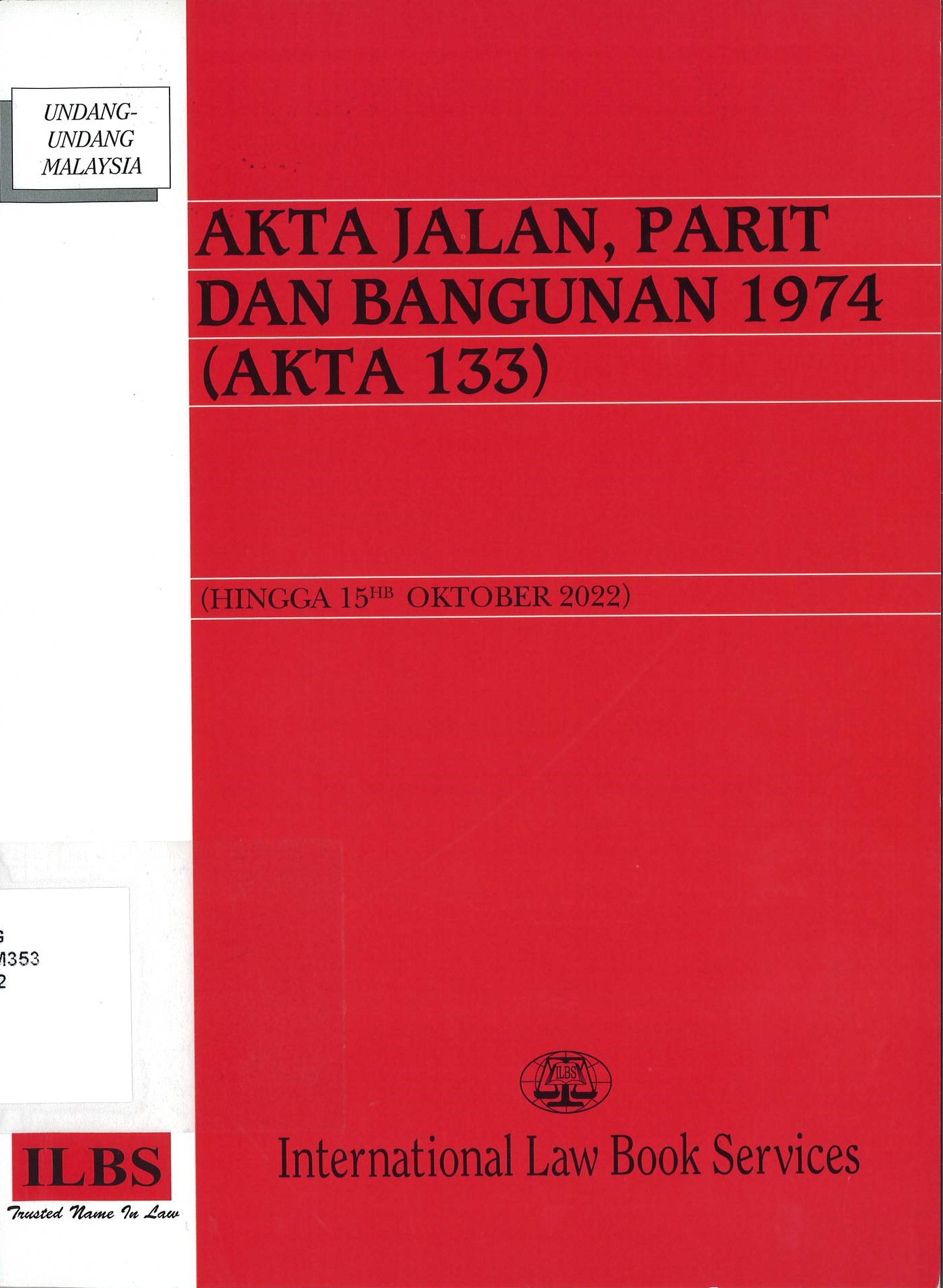New Books

Buku Baru
-
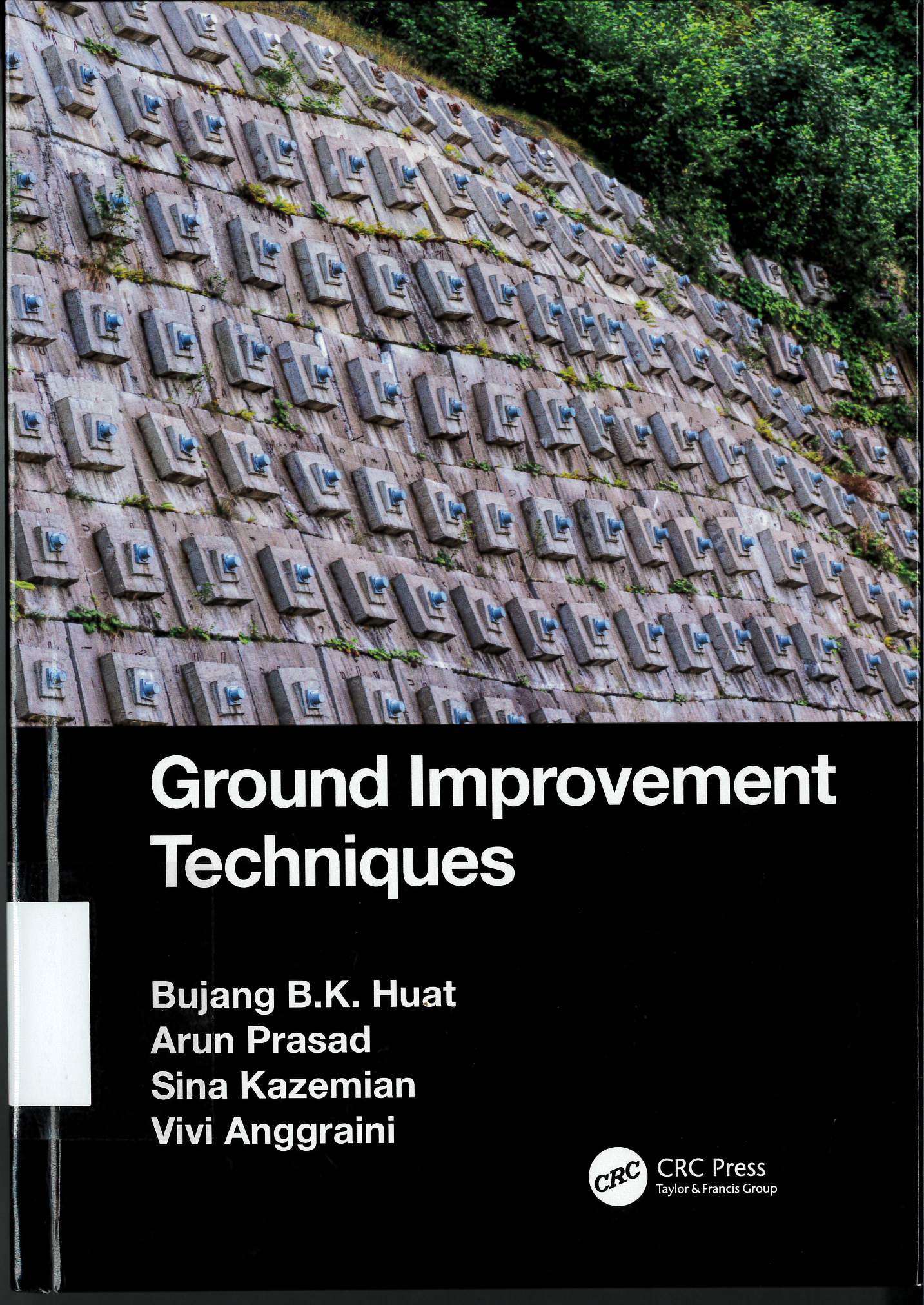
Ground Improvement Techniques
"This book provides a review of problems during design and construction on problematic soils. Design methods, site investigation, construction and analysis of the various improvement methods available are explained and discussed. Various regions may have different soils with geotechnical problems that differ from those faced in other regions. Each chapter contains a description of the method but also focuses on region-specific ground problems and suitable ground improvement techniques. Multiple case studies are included. This book will be of value to students and professionals in the fields of civil and geotechnical engineering, as well as to soil scientists and engineering geologists"

Hydraulics In Civil And Environmental Engineering
This book provides a review of problems during design and construction on problematic soils. Design methods, site investigation, construction and analysis of the various improvement methods available are explained and discussed. Various regions may have different soils with geotechnical problems that differ from those faced in other regions. Each chapter contains a description of the method but also focuses on region-specific ground problems and suitable ground improvement techniques. Multiple case studies are included. This book will be of value to students and professionals in the fields of civil and geotechnical engineering, as well as to soil scientists and engineering geologists"
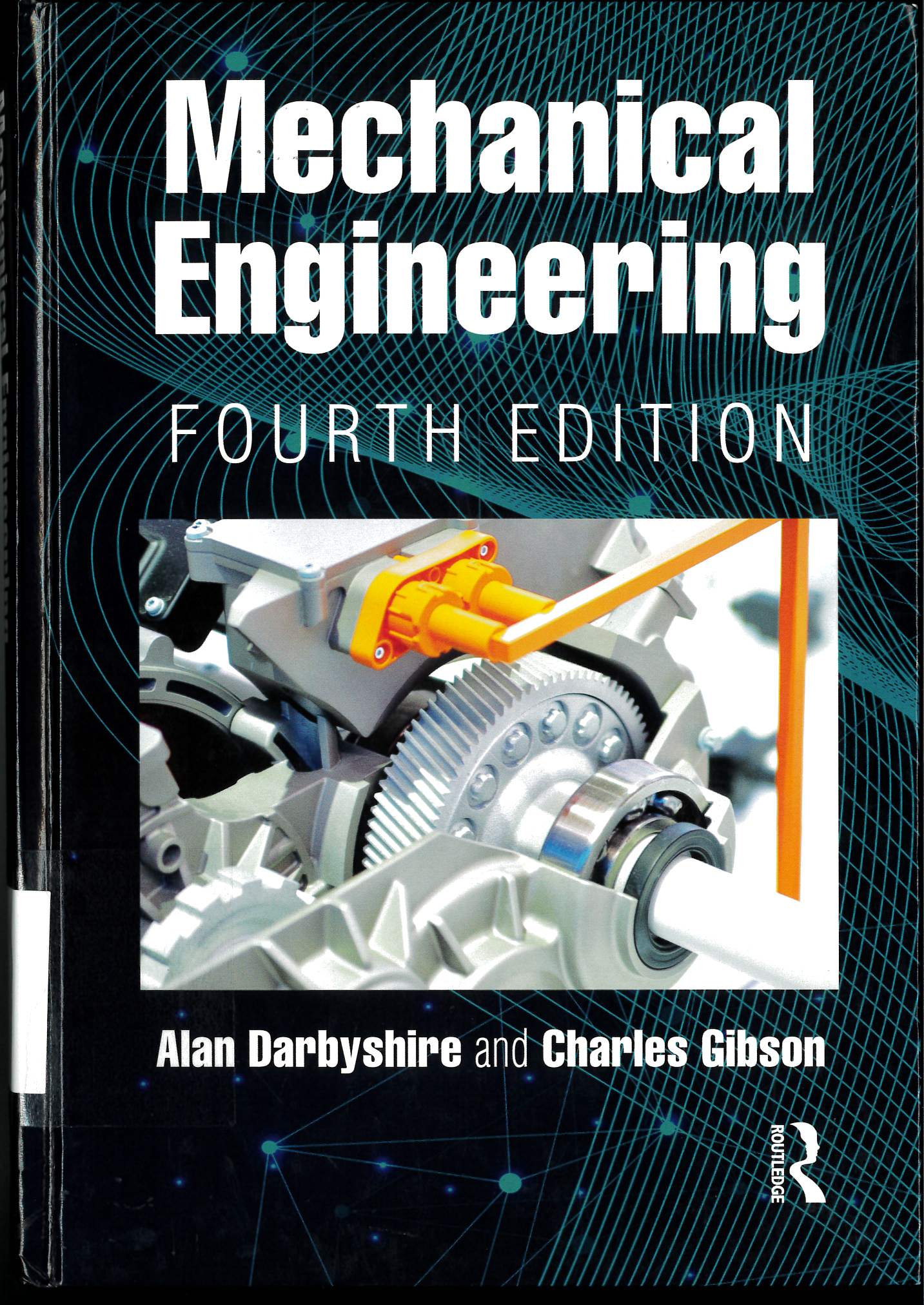
Mechanical Engineering
This established textbook is revised in line with the technical qualifications of new engineering apprenticeship standards at Level 3. Four new chapters cover static and dynamic engineering systems, fluid systems and additive manufacturing. It has worked examples, student activities, quizzes throughout the text, and end-of-unit questions"
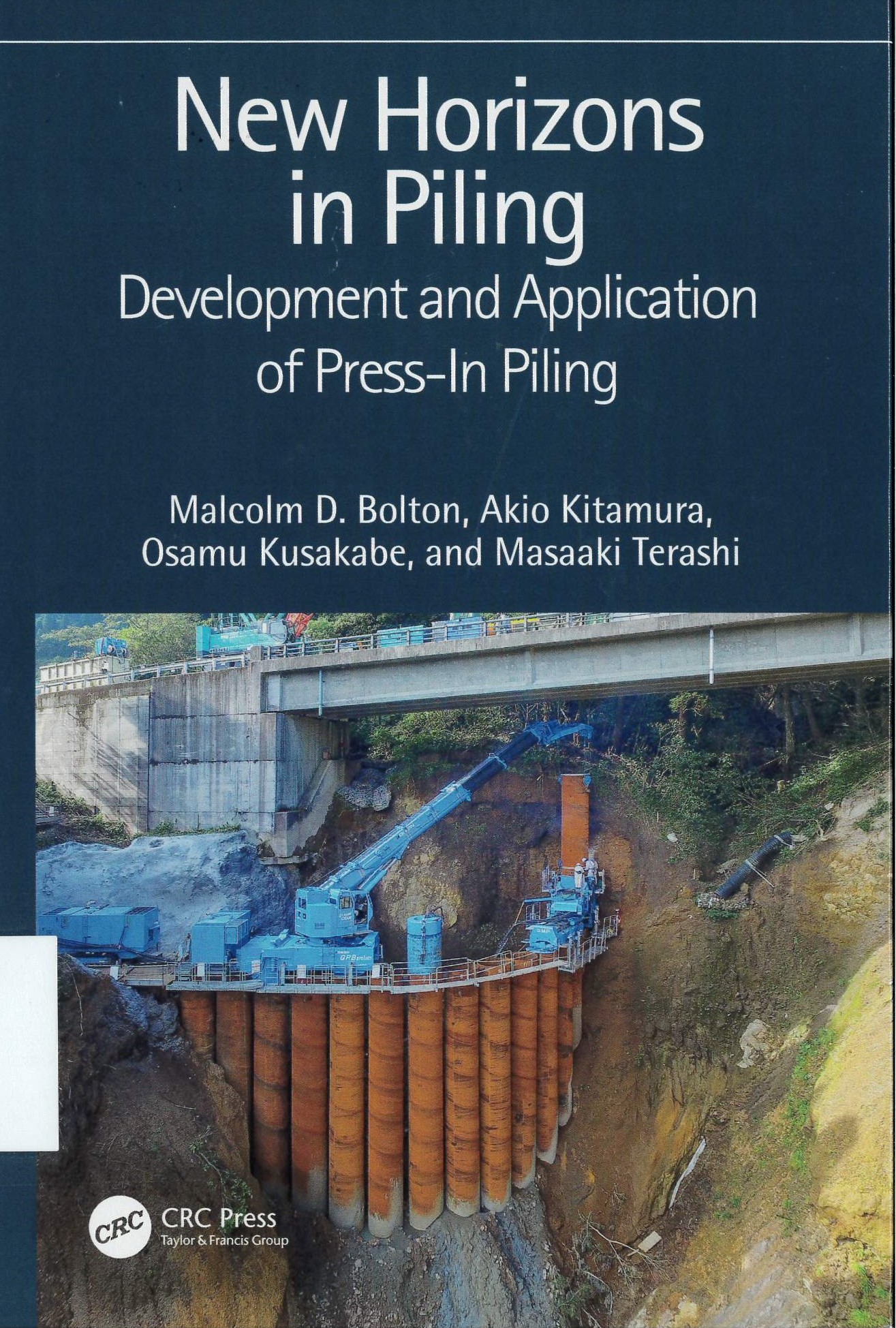
New Horizons In Piling
The piling industry has, in recent years, developed a variety of press-in piling technologies with a view to mitigate noise & vibration nuisance. This book focuses on the "Walk-on-Pile" type press-in piling system, which offers an alternative engineering solution for piling works. This type of piling has unique features, including the application of the compact piling machine using pre-installed piles as a source of reaction force to jack in a new pile by hydraulic pressure. Moreover, the machine can walk along the top of piles already installed, thus enabling piling in a limited space and headroom with minimum disruption to social functions and services of existing infrastructure. These features are opening up a new horizon in piling, leading to novel application of embedded walls previously considered impossible. This introductory book provides a historical development of press-in piling and various challenging applications worldwide as well as scientific research outcomes, forming a valuable source of reference for readers who are unfamiliar with press-in piling, including project owners, design engineers, practical engineers as well as researchers and students

Pavement drainage : theory and practice
This book provides complete coverage of surface and subsurface drainage of all types of pavements for highways, urban roads, parking lots, airports, and container terminals. It provides up-to-date information on the principles and technologies for designing and building drainage systems and examines numerous issues, including maintenance and designing for flood events. Practical considerations and sophisticated analysis, such the use of the finite element method and unsaturated soil mechanics, anisotropy and uncertainties, are presented. This book allows civil engineers to make the best use of their resources to provide cost effective and sustainable pavements
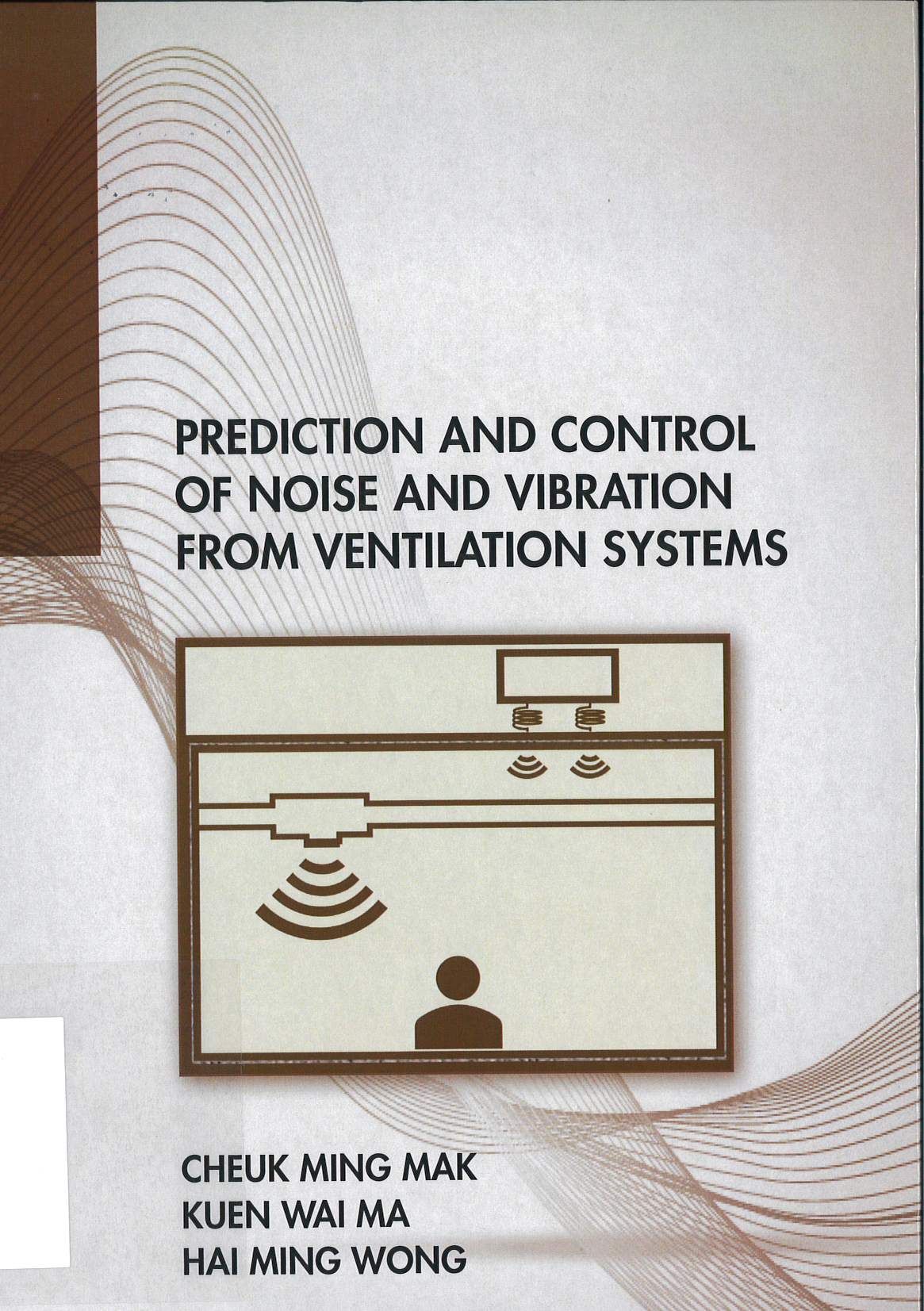
Prediction And Control Of Noise and Vibration From Ventilation Systems
This book addresses the prediction and control of noise and vibration in ventilation systems and their psychoacoustic effects on people. The content is based on the authors’ research and lecture material on building acoustics and provides insights into the development of prediction methods and control of noise and vibration from ventilation systems, and an assessment of their psychological effects on people.
The basic principles and methods for prediction and control of noise and vibration from ventilation systems are discussed, including the latest developments on flow-generated noise prediction, assessment methods for the performance of vibration isolation, noise control using periodic Helmholtz Resonators, and holistic psychoacoustic assessment of noise from ventilation systems.
The insightful book on noise and vibration in ventilation systems
Extends into prediction, control, and psychoacoustic assessment methods
The book suits graduate students and engineers in acoustics and noise and vibration control, as well as in building services engineering and across the built environment.
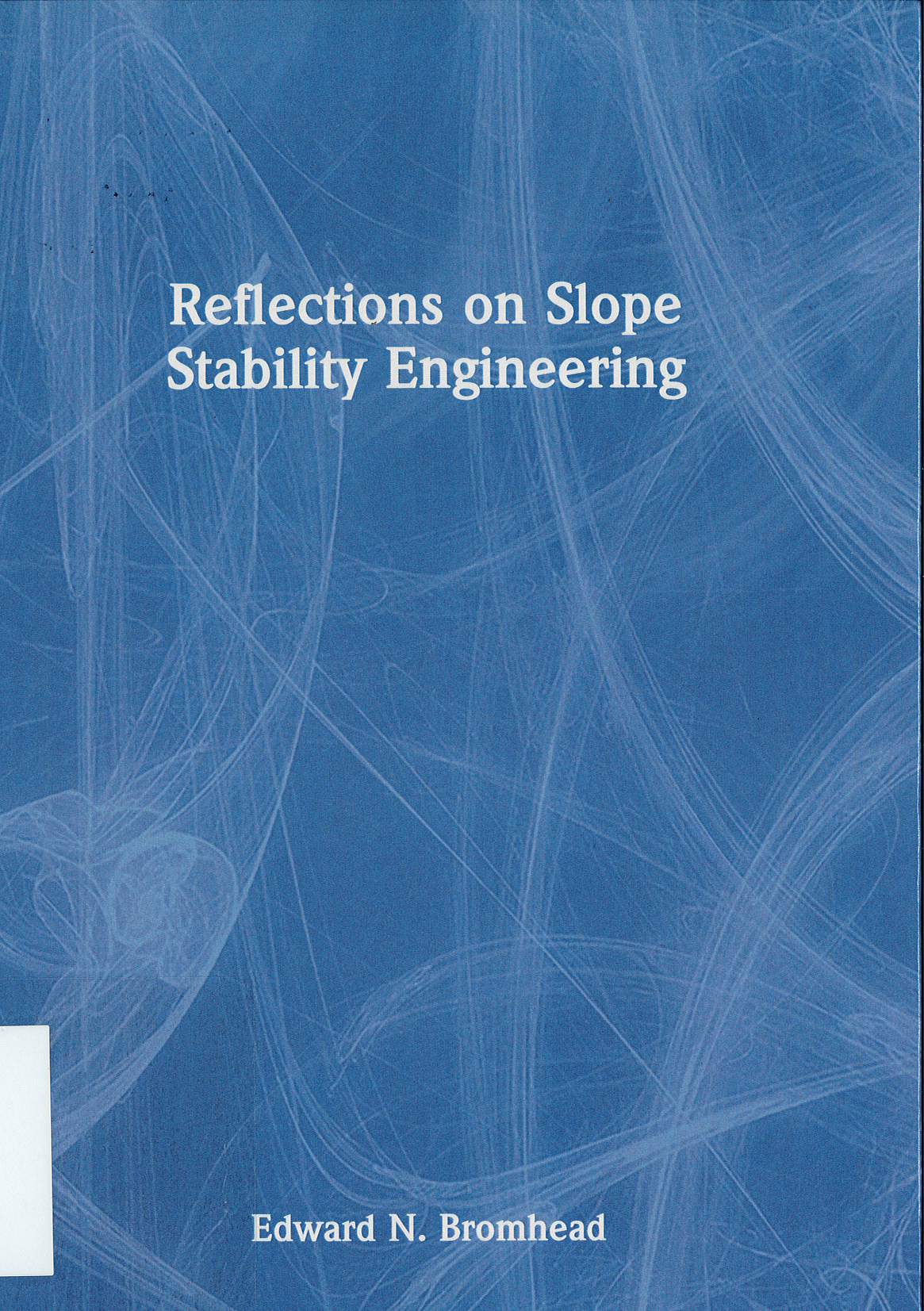
Reflections on slope stability engineering
"This book contains the detailed reflections of its author who has practised and researched in the field for over a half century. It is written in an informal style that makes it an interesting and thought-provoking practitioner guide to landslides and slope problems and their investigation, analysis, and remediation, considering both natural and man-made slopes and earthworks, and without the need for the usual equations and illustrations. Reflections on Slope Stability Engineering is targeted primarily at practitioners working in the investigations of slope instability and the design and construction of treatments of the problem, especially those early in their careers, but the accessible style also suits students who are developing an interest in the subject and even those engineers with only a casual interest in this branch of geotechnics"

Risk management for geotechnical engineering
"In geotechnical engineering the levels of uncertainty in design and construction are often significant, and the consequences of failure can be substantial. Good risk management should improve the reliability of designs. This guide shows practising engineers how to apply risk management, including quantitative assessment based on experience and judgement and qualitative analysis using probability methods, to geotechnical engineering, and applies useful lessons from insurance and law to engineering. It is illustrated with practical examples of slope stability, blast damage and tunnel collapse, such as protection of a railway from debris flow hazards"

System dynamics for complex problems in pavement engineering
Increasingly, segments of the civil infrastructure are considered to be parts of larger systems, which requires a systems approach for a fuller and proper understanding of and solutions to problems. Unfortunately, the subject of a system or a systems approach is barely covered in a standard civil and environmental engineering curriculum. Most, if not all, civil engineering problems involve interdependency, and hence segmented approaches of learning one individual topic at a time make it difficult for students to learn, understand, and apply rational concepts for the design, construction, and maintenance of larger infrastructure components. System Dynamics for Complex Problems in Pavement Engineering presents an introduction to a systems approach to help readers evolve and develop their capabilities of learning, communicating, and researching through system dynamics modeling and experimentation.
Furthermore, it helps students appreciate the need for systems thinking in modeling, analyzing, and proposing solutions for multidisciplinary problems in pavement engineering
